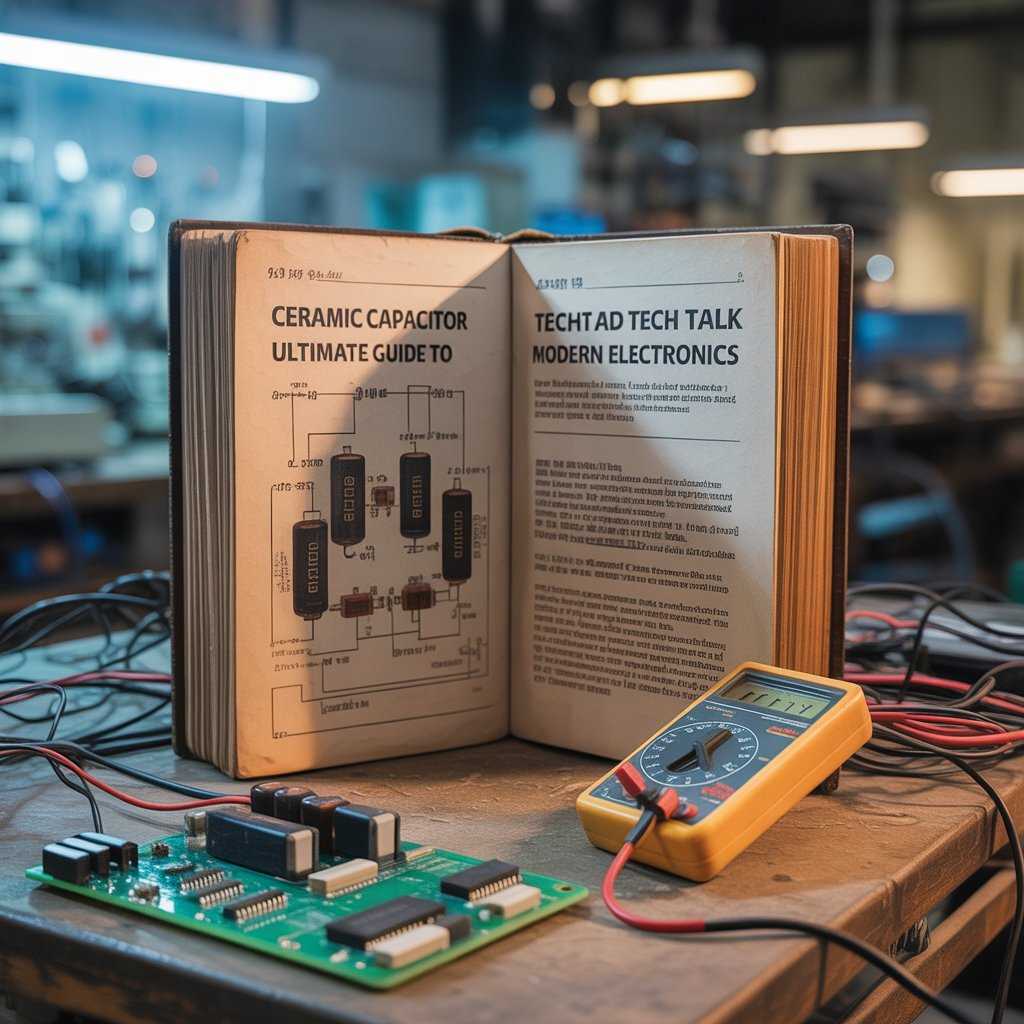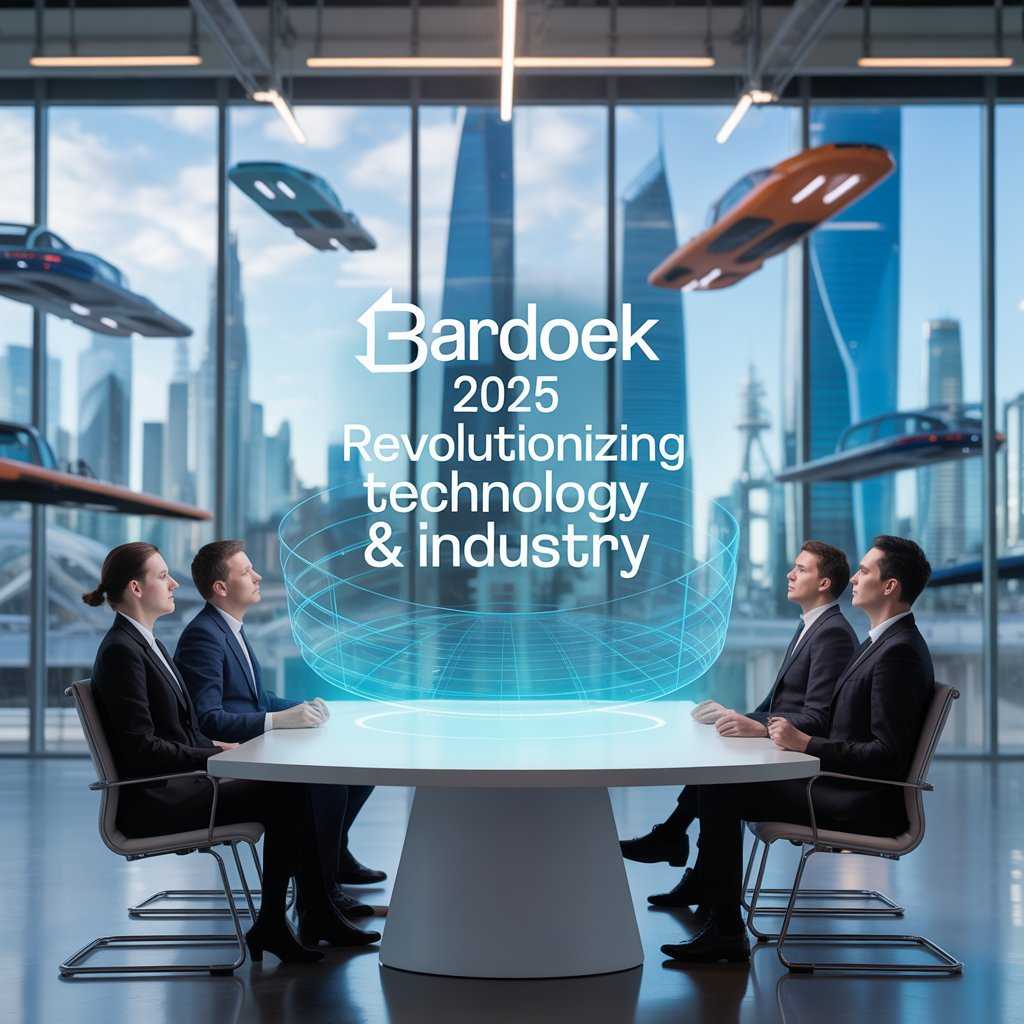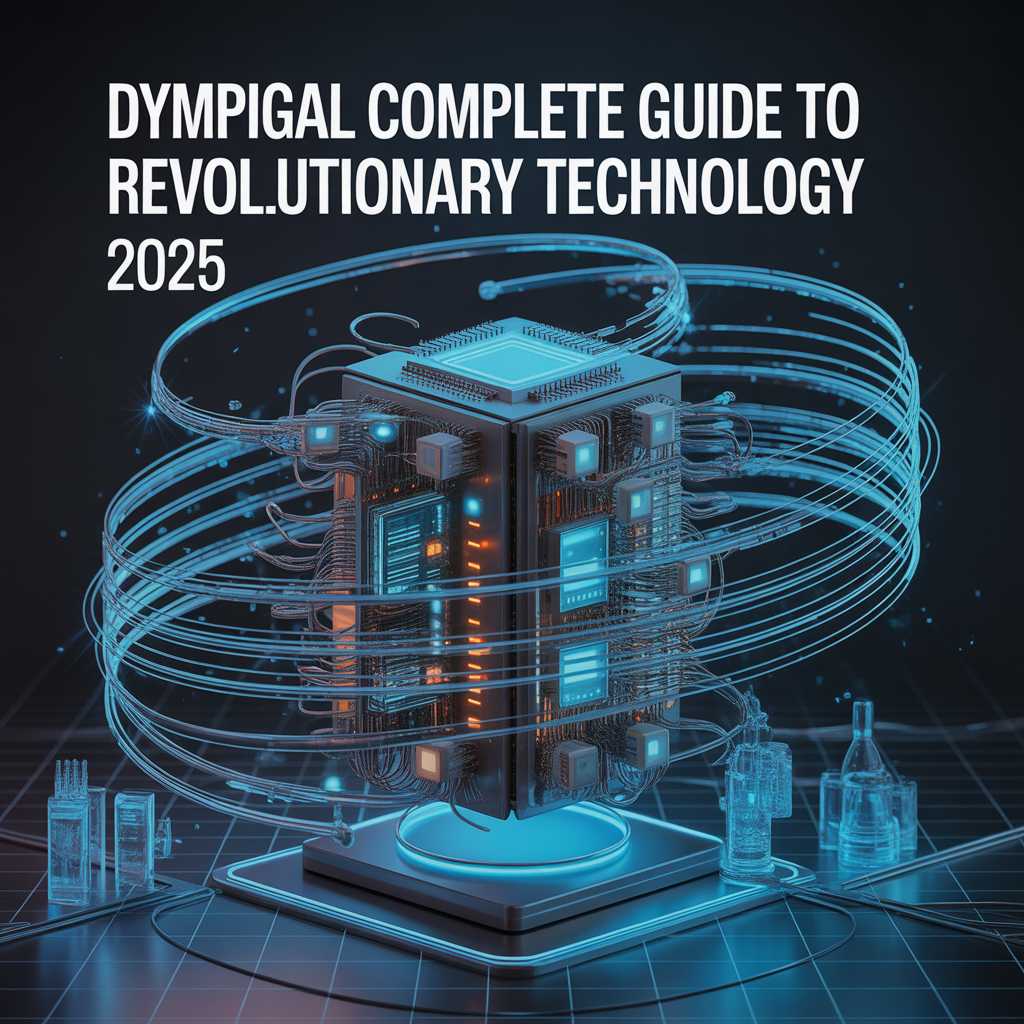Ceramic Capacitor Tech Talk are the unsung heroes of modern electronics. These tiny components are fundamental to the operation of countless devices, from the smartphone in your pocket to the complex systems in electric vehicles.If you work in electronics, whether you’re a seasoned engineer, a student, or a supply chain expert, it’s important to know what they do, how they work, and how to use them.
This in-depth guide takes you on a journey into the world of ceramic capacitors. We will look at their past, how they work, the varied kinds that are out there, and how important they are in many fields. By the end of this piece, you’ll know exactly why ceramic capacitors are so important in electronic design and how to choose the perfect one for your purposes.
Dive into the world of electronics with Ceramic Capacitor Tech Talk, your ultimate guide to understanding capacitor types, uses, and performance in modern circuits. From multilayer ceramic capacitors (MLCCs) to Class I and Class II designs, this guide makes complex concepts simple for engineers, students, and tech enthusiasts alike. Stay ahead of the curve with Tech Feedbuzzard 2025: Gateway to Future Tech Trends, where the latest breakthroughs, innovations, and insights in electronics are explored. Whether you’re working on consumer gadgets, IoT devices, or automotive systems, this resource helps you make smarter decisions, understand emerging technologies, and apply practical knowledge with confidence
The Evolution of Ceramic Capacitor Tech Talk
The story of the Ceramic Capacitor Tech Talk starts in the early 1900s, when radio and electronics were growing quickly. In the past, capacitors were big and often didn’t work. The discovery of ceramic materials with high dielectric constants, including barium titanate in the 1940s, changed the way capacitors worked. These new materials made it possible to make smaller, more sturdy parts that could handle higher frequencies.
The capacitors got smaller as electronics got smaller. The push to make things smaller led to the creation of Multilayer Ceramic Capacitors (MLCCs) in the 1960s. This new idea made it possible for engineers to fit more capacitance into a smaller space, which led to the little consumer gadgets we use every day. This journey from simple disc capacitors to advanced, ultra-thin MLCCs shows how we are always trying to make things more efficient, reliable, and powerful.
What Is a Ceramic Capacitor Tech Talk?
A Ceramic Capacitor Tech Talk is a type of passive electronic part that stores electrical energy in an electric field. The basic construction is a ceramic dielectric substance between two or more conductive metal plates.
How It Works
When a voltage is put across the conducting plates, an electric field forms inside the ceramic dielectric. This field holds energy that can be sent back into the circuit when it’s needed. The capacitance of a capacitor is the amount of energy it can store. This relies on the area of the plates, the distance between them, and the dielectric constant of the ceramic material.
Common Dielectric Materials
Ceramic capacitors are categorized based on their dielectric material, which determines their electrical characteristics. The two main categories are Class I and Class II.
- Class I Ceramic Capacitors: These are made of things like calcium zirconate. They are great for high-frequency uses like resonant circuits and filters because they are very stable, lose very little power, and have predictable temperature properties. But their capacitance is not very high.
- Class II Ceramic Capacitors: These use materials that are ferroelectric, like barium titanate. They have a lot larger capacitance for the same size, but they are less stable when the temperature and voltage fluctuate. They are great for general-purpose tasks like decoupling, bypassing, and coupling where accuracy isn’t as important.
Types of Ceramic Capacitor Tech Talk
Ceramic capacitors come in various forms, each suited for different applications.
Multilayer Ceramic Capacitors (MLCCs)
The most popular type of ceramic capacitor is the MLCC. They are made up of layers of ceramic dielectric and metal electrodes that alternate with each other. This lets them get high capacitance values in a very tiny size. They are necessary for circuits with a lot of parts because they are small.
Disc Capacitors
These are the standard single-layer through-hole capacitors. They have a ceramic covering on them for insulation and are usually used in applications with lower frequencies when size isn’t a big deal. People say they are reliable and cheap.
High-Voltage Ceramic Capacitors
These capacitors are utilized in power supplies, lighting ballasts, and voltage multipliers because they can handle high voltages. They have larger dielectric layers and are built in a specific way to keep the voltage from breaking down.
Surface-Mount (SMD) Ceramic Capacitors
Most MLCCs are SMD ceramic capacitors, which are made to be put together automatically on printed circuit boards (PCBs). Their small, lead-free shape is appropriate for today’s small electronic devices.
Key Features of Ceramic Capacitor Tech Talk
Several characteristics make ceramic capacitors a popular choice among engineers.
- High Reliability and Stability: Particularly Class I types, they offer excellent performance over time.
- Low Cost and Availability: Mass production makes them highly affordable and widely available.
- Compact Size: MLCCs, in particular, offer a high capacitance-to-volume ratio.
- Wide Frequency Range Performance: They function well at high frequencies, unlike many other capacitor types.
Applications in Modern Technology
Ceramic Capacitor Tech Talk are ubiquitous in today’s electronic landscape.
- Consumer Electronics: They are found in smartphones, laptops, and wearables, where they are used for decoupling, filtering, and timing circuits.
- Automotive Electronics: Essential for safety systems (like airbags), infotainment centers, and the battery management systems in electric vehicles (EVs).
- Industrial Equipment: Used in control systems, sensors, and power supplies for their reliability.
- Medical Devices: Their small size and high reliability make them suitable for implantable devices like pacemakers and external monitoring equipment.
- 5G and IoT: Critical for filtering and decoupling in high-frequency circuits that enable next-generation connectivity.
Advantages That Drive Adoption
The widespread use of ceramic capacitors is due to several key advantages:
- High Dielectric Constant: Class II materials allow for high capacitance in a small volume.
- Excellent Temperature Stability: Class I capacitors maintain their capacitance value across a wide temperature range.
- High Capacitance in a Small Size: MLCC technology enables significant capacitance in tiny packages.
- Cost Efficiency: They are generally more cost-effective than other capacitor types like tantalum or film.
Challenges and Limitations of Ceramic Capacitor Tech Talk
Despite their benefits, ceramic capacitors are not without drawbacks.
- Micro-Cracking: The brittle ceramic material can be susceptible to mechanical stress during handling and assembly, leading to cracks and potential failure.
- Limited Energy Storage: Compared to electrolytic capacitors, they have lower energy storage capacity, making them unsuitable for bulk energy storage applications.
- High Voltage Breakdown: Exceeding the rated voltage can cause the dielectric to break down, leading to a short circuit.
- Supply Chain Issues: The demand for MLCCs has occasionally outstripped supply, leading to shortages and price volatility.
Ceramic Capacitors vs. Other Types
Choosing the right capacitor requires comparing it with other available types.
- vs. Electrolytic: Electrolytic capacitors offer much higher capacitance and are used for bulk energy storage and filtering in power supplies. However, they are polarized, larger, and have a shorter lifespan.
- vs. Film: Film capacitors offer excellent stability and reliability but are larger and more expensive for the same capacitance. They are often used in high-power and audio applications.
- vs. Tantalum: Tantalum capacitors offer high capacitance in a small size, similar to MLCCs, but are more expensive and sensitive to voltage spikes.
Innovations and Trends for 2025 and Beyond
The field of Ceramic Capacitor Tech Talk is constantly evolving. Key trends include:
- Further Miniaturization: Development of ultra-thin MLCCs for even more compact devices.
- High-Capacitance for EVs: New ceramic materials are being developed to create capacitors that can handle the high power demands of electric vehicles.
- Lead-Free Designs: A push towards more environmentally friendly materials and manufacturing processes.
- Role in 6G: As we move towards 6G, the need for high-performance, high-frequency capacitors will only increase.
Your Guide to Choosing the Right Ceramic Capacitor
Follow these steps to select the appropriate capacitor for your project:
- Define Circuit Requirements: Determine the necessary voltage, capacitance, and tolerance for your application.
- Select Dielectric Class: Choose Class I for precision applications like filters and oscillators. Use Class II for general-purpose decoupling and bypassing.
- Consider Package Type: Select an SMD package for automated assembly and compact designs, or a through-hole type for prototyping or specific high-power applications.
- Evaluate Environmental Conditions: Consider the operating temperature range and humidity to ensure the capacitor will perform reliably.
- Check Manufacturer Datasheets: Always review datasheets for detailed specifications, performance graphs, and reliability ratings.
Enhancing Longevity: Maintenance and Best Practices
To ensure the reliability of ceramic capacitors, follow these best practices:
- Proper Soldering: Avoid thermal shock by following recommended soldering profiles to prevent cracking.
- Storage: Store capacitors in a controlled environment to prevent moisture absorption and degradation.
- ESD Prevention: Use electrostatic discharge (ESD) protection during handling and assembly.
- Testing: Regularly test capacitor performance to ensure they meet circuit requirements.
Real-World Impact: Case Studies of Ceramic Capacitor Tech Talk
- Smartphone Design: Tens to hundreds of MLCCs are used in a single smartphone for everything from power management to RF filtering, enabling their slim and powerful design.
- EV Battery Management: High-voltage ceramic capacitors are crucial for filtering and noise suppression in the battery management systems of electric vehicles, ensuring safety and efficiency.
- Medical Implants: The high reliability and small size of ceramic capacitors make them the component of choice for life-sustaining devices like pacemakers.
The Future of Ceramic Capacitors
As technology gets better, Ceramic Capacitor Tech Talks will become ever more important. In the future, we might see the use of nanotechnology to make even smaller parts, “smart” capacitors that can change with the circuit conditions, and a bigger role in systems that store renewable energy.
The Unseen Foundation of Electronics
Ceramic capacitors are important parts that have made the last 50 years of technological growth possible. Engineers have always been able to count on them as a reliable and affordable option, from their simple beginnings to today’s advanced MLCCs. When we think about the future of electronics, whether it’s 6G, the Internet of Things, or self-driving cars, it’s evident that the simple ceramic capacitor will still be the main part of new ideas. This “Tech Talk” has showed that you need to know a lot about these parts in order to use them properly.
Frequently Asked Questions
What are ceramic capacitors used for?
Ceramic capacitors are utilized in a lot of electronic circuits for decoupling, bypassing, filtering, and timing. You can find them in cars, medical devices, consumer electronics, and industrial equipment.
How do Class I and Class II ceramic capacitors differ?
Class I capacitors are very reliable and accurate, however they don’t have as much capacitance. They are employed in precise things like oscillators and filters. Class II capacitors have a lot more capacitance, but they aren’t as stable when the temperature or voltage changes. This makes them good for general-purpose uses like decoupling.
Why are MLCCs in such high demand?
Multilayer Ceramic Capacitors (MLCCs) have a high capacitance-to-volume ratio, which makes them perfect for small, modern electronic devices like smartphones and wearables. The huge rise of these markets has led to a huge increase in demand.
Can ceramic capacitors replace electrolytic capacitors?
Yes, in some cases where the capacitance is low. But electrolytic capacitors have significantly greater capacitance values and are better for filtering and storing large amounts of energy in power supply. Ceramic capacitors usually can’t do these things.
What causes ceramic capacitors to fail?
Mechanical stress (which causes micro-cracks), heat shock during soldering, and going above the rated voltage (dielectric breakdown) are the most prevalent reasons for failure.
What is the future of ceramic capacitor technology?
In the future, things will get even smaller, have higher capacitance values, work better at high frequencies, and employ materials that are better for the environment.
How does Ceramic Capacitor Tech Talk help engineers and tech enthusiasts?
Ceramic Capacitor Tech Talk provides a clear, in-depth guide to understanding capacitor types, applications, and performance in modern electronics. By combining practical insights with techblogesideas, it helps engineers, students, and hobbyists make informed decisions when designing circuits, selecting MLCCs, or exploring innovations in IoT, automotive, and consumer electronics.




